How You Can Make A Lot More Putts Inside 10 Feet With This Little Known But Simple Putting Test28/6/2014
"We have also found that golfers who have excellent target localisation ability have better green reading and speed control ability." 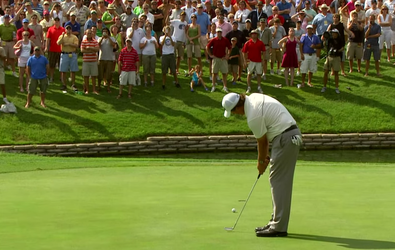 Great putters 'see' putts better and this is the difference Great putters 'see' putts better and this is the difference Have you ever met a golfer who appears to have a great putting stroke but they miss lots of make-able putts? There are lots of pros and amateurs who have sound mechanical putting strokes but miss a lot more putts than they should. Today more than any other time in history you have the opportunity to improve any aspect of your game with expert golf instructors who know more about how to teach the different skills of golf than ever before. There’s a problem however. Even with better coaching knowledge and technology many golfers from average to elite still struggle on the greens to make more of the make-able putts that matter. What I’m talking about are the putts inside 10 feet that can be the difference between great rounds and ordinary ones. When you go to a pro tournament you will see many tour golfers working on their specific putting drills and the most popular are those that improve stroke mechanics. But even with a mechanically sound stroke and an effective green reading system putts are still going to miss. And they will not only miss because of a poor stroke or poor green reading skills but for another reason rarely discussed enough. So why do some golfers make more of the make-able putts than others when we take green reading and stroke out of the equation? We think that the starting point of great putting is to understand that your perception or visual acuity influences good and bad putting more than anything else you can do. The one thing all great putters have in common is that they see putts better than those who struggle with their putting. What do I mean by ‘see’ putts better? The Müller-Lyer Illusion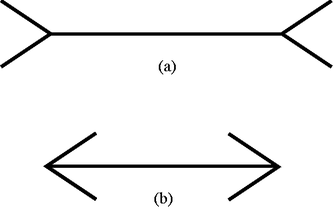 Are lines (a) and (b) the same length? Are lines (a) and (b) the same length? I’m sure you have heard the saying “your perception is your reality or something similar?” What this means is what you see is what you get, but it’s actually not always true because what you see can be a long way from what is really there. What if the hole is not exactly where you think it is?... When we work with our students on their putting skills we tell them that their eyes actually don’t see, the eyes simply transfer information from the environment through to the brain which interprets the information and makes sense of it. Your brain makes sense of the information based primarily on your stored memories in different parts of your brain. The information of what you see in the environment is compared with similar memories and then sent through to specific groups of muscles that are activated to drive your putting stroke with information about where to aim and hit the putt, and also how hard to hit it. The trouble is that the target you see in the environment may not be exactly where you think it is. Let me give you an example of what I mean. Target Localization Test When we work with our students at Pro Tour Golf College we perform a variety of assessments to determine the areas of their game that they need help with, and one of the simple tests short putt we perform is a target localization test using a Brock string. The Brock string is a 10 foot long string with 3 beads on it. One end is held on the tip of your nose as you stand facing a hole (or in your putting stance) with the other end of the string extended and fixed to the front of the hole (or attached to the pin) with a tee or something similar. The primary goal of the Brock string is to provide you with visual feedback of your visual axis when you are viewing the hole from zero to 10 feet. Our students are asked to look down the string at 1 to 3 beads (or small balls) we position along the string approximately 4, 7 and 10 feet away from their nose and we ask them to focus on any one bead and share with us what they see. 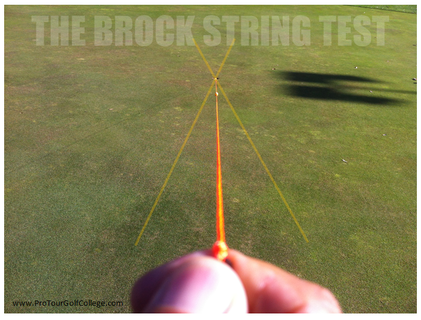 Do you cross the X at the hole, short of it or past it? Do you cross the X at the hole, short of it or past it? What they normally see is that the single line becomes two lines and that the 2 lines cross the string like an X either before the bead they are focusing on, on the bead or beyond it. The goal of this test is to get the student to align the X on the chosen bead to improve what is described as spacial or target localization. Ideally when you perform this simple test your visual axis (the X) should match the position of the bead. What we have found with our testing however is that many golfers from average to elite see the X when looking at the 10 foot mark is very often short of the hole, and many golfers actually see it between the 7 to 10 foot bead. Some even see it past the hole, although this is a lot less common. What this suggests to us is that the golfers perception of where the hole is located (what they see) is that it is short of its actual location and the consequences of this can be numerous with the most obvious being green reading and speed control problems. Think about it for a second. If you see the hole short of where it actually is do you think that this would affect your putting ability? Do you think that your brain would have to work harder and compensate more for this mis-perception? We have also found that golfers who have excellent target localisation ability have better green reading and speed control ability. That is, they tend to make more putts because they have a better sense of where their target is located in space and consequently they are more confident of reading the break better and their speed control is sharper. Practicing with the Brock string and sharpening your visual abilities is easy because all you need is some string and a few beads or small balls and some time to practice. When you practice with the Brock string move or bounce your focus from one bead to another up and down the string learning to merge your X with the chosen bead quickly and easily. With regular practice you will train your eyes to work together (known as convergence) and you will find that your ability to know where the target is will be enhanced. Precise target localization is critical in putting and short game skills and the better your awareness of where the target really is the better you will aim, read greens and execute your stroke.
How You Can Go From Average Golfer to Excellent Golfer Faster By Practicing in the Stretch Zone21/6/2014
“Golfers who keep working hard at their game in the stretch zone will achieve a higher level of success in golf in the long-term than those who might be better players at the same stage but who don’t practice in the stretch zone, and who lack the determination to keep finding ways to improve.” It is truly amazing what any golfer with an ounce more determination than the next man or woman can achieve in golf if their determination time line for achieving success is long enough and they practice their golf skills in the Stretch Zone. The sad fact is that many good golfers with the potential to become excellent amateur or professional golfers never give themselves a chance to become first-rate golfers because they give up too early. Now they give up for a range of reasons but one of the most common is they don’t keep working hard at their game when struggling over a prolonged period. They stop challenging themselves in their practice and stop pushing their skills towards the edge of their potential, and because their golf practice becomes boring they stop believing that they can keep improving. At Pro Tour Golf College we remind our students that; “no challenge equals no stress, and no stress equals no progress.” Progress requires continual stress. Stress in this case is practicing in such a way that your golf skills are put under a reasonable amount of pressure. We call this approach to practice "the stretch zone." The rule of stretch zone practice is that you should always make your practice more difficult than what you are likely to face when you're playing. When the challenge level is slightly greater than your skill level you are in the stretch zone where progress can be made. The idea here is to practice challenging shots to condition your nervous system to accept this as normal. Then as your golf skills improve you gradually increase the challenge level so you can keep a consistent level of discomfort (stress) when you practice, which is key to long-term improvement. When you make your practice sessions too easy--that is you practice shots you are very good at, it becomes a boring and degenerative process and sadly without knowing it you're setting yourself up for problems playing the challenging shots you will always face on the golf course. This is a BIG mistake made by many golfers. 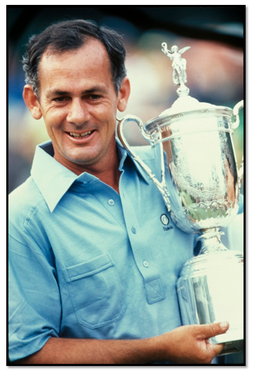 Australian David Graham overcame great odds Australian David Graham overcame great odds Challenge and Your Response Challenge and determination (response)--both mental and physical is absolutely necessary for growth and change in golf. And here’s the thing we want you to remember, and it is very important: “Golfers who keep working hard at their game in the stretch zone will achieve a higher level of success in golf (in the long-term) than those who might be better players at the same stage but who don’t practice in the stretch zone, and who lack the determination to keep finding ways to improve.” Determination or grit combined with hard, consistent and challenging practice over a long time is the difference that makes the difference for every golfer. You must develop your determination to overcome challenges like it’s a muscle. Daily focus and determination towards achieving challenging practice goals really makes the difference on the golf course. History shows that some golfers who started out as average golfers turned themselves into very fine and successful golfers because they kept challenging themselves to improve--even when everybody around them told them to give up on their dream constantly. These golfers were stubborn, very determined and exercised a high level of patience and tolerance, and they didn’t listen to their knockers and detractors. They thrived on the challenge of improving themselves through their practice. Two time major winner (79’ PGA and 81’ US Open) David Graham from Australia won 38 professional events on 6 continents and was one of these very stubborn and determined types who just kept plugging away at improving his game when many around him told him to give up. In David Graham's case every set back just made him more determined to succeed and become a very tough minded and extremely successful golfer. You see, some golfers just need more time to realize their potential than others. 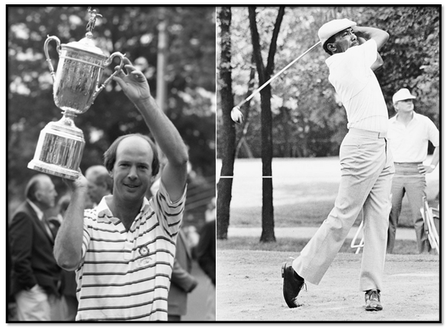 Larry Nelson and Calvin Peete took up the game in their 20's and became champions Larry Nelson and Calvin Peete took up the game in their 20's and became champions Larry Nelson won 40 professional events and is another multiple major winner (81’ and 87’ PGA and 83’ US Open) actually took the game up at 21 after serving in the infantry in Vietnam. Larry basically taught himself how to play from the famous golf instruction book written by Ben Hogan “5 Lessons – The Modern Fundamentals of Golf.” Can you imagine what people would have said to him when he told them he wanted to play golf on a professional tour? You can bet that many would have thought him crazy, but it’s the crazy and determined types that change ‘the rules’ and do the unexpected. Average to excellent is a state of mind that you turn into a habit; it’s not a gift from the Gods. The way you practice your golf skills and the determination you bring to it truly makes the difference in the long run. Calvin Peete an African-American golfer took the game up in his 20’s and won 12 times on the PGA Tour during the 1980’s (and also won twice on the Japan Tour) even with a permanently bent left arm that he broke as a child he was the straightest driver on PGA tour for 10 straight years. He was also the most successful African-American golfer on the PGA Tour winning the Vardon Trophy in 1984 for the lowest score average for the PGA Tour season well before Tiger Woods came along. Challenge Level Plus Determination is the Key All these golfers turned themselves into excellent golfers because they practiced their skills in the stretch zone and their challenge/determination time-line was long enough. They kept looking for ways to improve over a long period of time and you can too. When you practice in the stretch zone with a long challenge/determination timeline you give yourself the best chance of achieving your goals. Today the challenge/determination time-lines of many younger golfers is simply too short. A big part of the reason for this is that information flows so easily and quickly today that they fall into the trap of thinking that getting good at golf should happen a lot sooner than later. It's almost like you can Google golf improvement and you get it! They don't practice in the stretch zone enough, and they don't practice and compete for long enough to achieve more from their potential.
To take your game from average to excellent and to one day become a successful amateur or indeed professional golfer, do yourself a big favor and practice in a challenging and meaningful way and increase your determination to succeed to a much longer time-line.
Are These Three BIG and Common Golf Mistakes Stopping You From Taking Your Game to the Next Level?14/6/2014
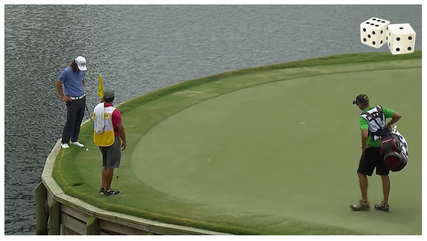 Just Because You Are Close to the Hole Doesn't Make it Easier... Just Because You Are Close to the Hole Doesn't Make it Easier... Golf is a difficult game. Why is golf a difficult game? Golf is a difficult game because we make lot's of mistakes and mistakes make it harder to produce better scores and generate continuous improvement. Why do we make mistakes? We make mistakes (more times than not) simply because we are human first and a golfer second, and mistakes are a normal and natural part of being human. Therefore the goal of all golfers should be to realize that because golf is primarily a game made up of mistakes that the real skill is to learn how to make fewer mistakes in every round you play. I'm sure that would seem logical to you? And it's also logical that the better the golfer the fewer mistakes they will make. How do you learn to make fewer mistakes in every round of golf you play? You begin by understanding that you can make just 3 basic types of mistakes in any round of golf and you should identify which type of mistake you make the most because this is likely the reason that you aren't at the next level with your game. So let’s take a look at them... 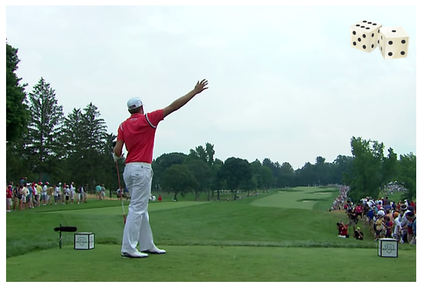 The Best in the Game Make Mistakes Too! The Best in the Game Make Mistakes Too! The First Type of Mistake The first type of mistake in golf (at all levels from novice to pro) is a technique mistake, where you make an error of execution - that is you have a technical malfunction in a particular stroke somewhere between the teeing ground and the green. You attempt to play a shot and your chosen stroke breaks down at some level and the resultant outcome is not what you planned. In our experience this will occur at least 75 percent of the time from a minor technical error to a major one. Golf is a highly technical game and the golf stroke is extraordinarily complex and influenced by many variables, and one of the fundamental elements associated with technical excellence is consistent timing of your stroke. When your golf stroke malfunctions your stroke's impact timing is negatively influenced and poor timing affects that way your stroke impacts the golf ball which directly affects your golf balls behavior. 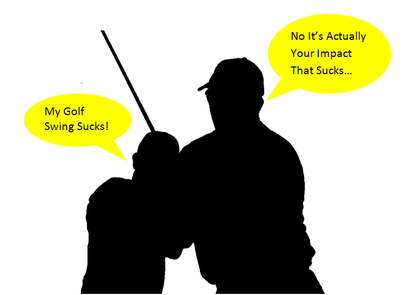 Impact is the BIG Deal Achieving a correct and consistent impact with the golf ball should be your most important priority because solidly hit golf shots that travel straight and the right distance with a high degree of consistency will bring you much joy, satisfaction and lead to better scores. Now your impact timing can be affected by inconsistent body motion (upper or lower or both), or inconsistent delivery of your golf club to the ball, or both. The thing to understand about your technical errors is that regardless of how good you can perform the different stroke lengths and types during your round you will make mistakes. The key to making progress with your golf is by making fewer technique errors and you can do this by first identifying the most common stroke type mistakes you make in your long strokes and your short strokes. Identify the stroke that consistently breaks down and learn how to become more competent at executing this stroke by doing the smart thing and take lessons from an experienced golf instructor. Expert golf instructors have incredible technology on hand today to help you to understand how you can achieve a better and more consistent impact with the golf ball. One thing to keep in mind when you go about improving your stroke is to understand that the changes you make to your stroke are less about how your stroke looks and much more about how it functions. This is important to remember. It's your impact with the golf ball and its resultant behavior that determines the quality of your technique, and the method you adopt should always have this right at the forefront of your mind. 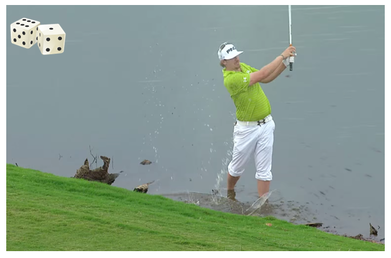 Can You Keep a Clear Head When You Make a Mistake? Can You Keep a Clear Head When You Make a Mistake? The Second Type of Mistake The second type of mistake you can make is a strategic error, or an error of judgement. Quite often you may be very competent at producing golf strokes with a minimal amount of error, but you get yourself into trouble because your plan for playing your shot is affected by either a poor strategic decision or choice of shot. One of the most common strategy errors in our experience is poor club selection.
The more it curves the more you need to manage the amount of curve relative to the width of the fairway. Also consider your next shot and where you would ideally like to play it from. The Google Earth Strategy If you are playing a golf course that you've never played before go to Google Earth and pull up the golf course you are going to play and using the simple measuring tools available on Google Earth you can work out the approximate width of the fairways and also how far the bunkers and hazards are from the tee. This will help you to build an effective plan for hitting tee-shots that reduces your mistakes and leads you to lower golf scores. If you have a tendency to hit your approach shots too short (a very common mistake) you need to change your club selection strategy by putting more club in your hands and not less. To do this you need to learn how far you can hit each club in your bag with a high degree of certainty. You should never force your irons or hybrid to go a particular distance, rather you should attempt to make every stroke with the same consistent stroke tempo with every club in your bag. Then learn how far each club goes based on this simple strategy. As the old saying in golf goes; “swing the golf club within yourself” which simply means to swing your golf clubs at a tempo where you can produce balanced golf swings more than ninety percent of the time and also produce consistent club-head speed. 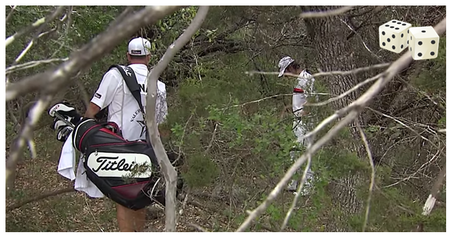 Sometimes You've Got to Get Out of Your Own Way...Leave the Ego at the Clubhouse Sometimes You've Got to Get Out of Your Own Way...Leave the Ego at the Clubhouse The Third Type of Mistake The third type of mistake you can make is making mistakes because of poor thinking which can and often leads to errors in either technique execution, hole and shot judgement or both. Poor mental thoughts plague every golfer from those starting out in golf to those at the very top of the professional game. Poor mental thinking describes your internal perceptions that you pay attention to as you play your golf shots and these perceptions influence your feelings, your emotions and your outcomes. Your perceptions are recognized in different ways from internal dialogue (self talk), to different forms of mental imagery (visualization), as well as bodily sensations (feels). Your perceptions can and do influence mistakes if you don’t have a useful internal strategy for managing them. The important thing to understand about your mental mistakes (just like technique mistakes and judgement mistakes) is that mental mistakes can be managed effectively by first of all teaching yourself to recognize the internal differences between when you play good golf shots and when don’t. 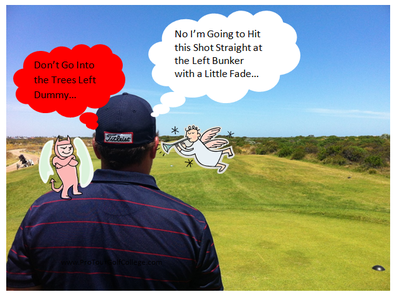 Start to notice what the difference is on the inside. How do you know when you hit good shots and how do you know when you don't? We have noticed that successful golfers have a useful internal strategy for getting to good golf shots, and they have developed a very specific internal strategy for managing their bad golf shots as well. Your internal sensitivities influence your game either positively or negatively and our best advice is to not be deceived into thinking that poor thoughts are a problem. We want you to think of them as a challenge, something that you can influence to help you to play better and more consistently. Some golfers make mistakes because they listen to negative dialogue -- they hear a voice that is suggesting that they avoid or fear something, and by listening to these suggestions they can and will make mistakes. You will notice that I said ‘suggestions’ because after all, that’s what they are. And keep in mind that the voice that you hear is not real, that's right, it's a figment of your imagination.
Your Golf Strokes (Good and Bad) Always Revolve Around 'Rub of the Green'Sometimes you can do everything right and get a wrong bounce that can look like a mistake has been made. You can learn how to reduce the amount of mistakes in your rounds, but you can’t control the luck of the bounce. You have to accept that this aspect of golf is always there and we would just remind you that every time you get a bad bounce or bad break that somewhere else you’ll get a good one.
Improve Your Game and Change Your Life
|
| Never go into a golf tournament period with your golf swing in the middle of technical changes. There is a time to work on technique changes and improvements and it is during a pre-competition phase or in a transition phase. If you think of a technical change as a rating of incompetent to competent and conscious to unconscious, then you would be advised to never use any golf skill in a tournament where the skill is at a conscious and incompetent stage. This is a stage where you are very aware of what you are doing and most of the time you can't do it. A pre-competition phase is a time period where you are not competing in important events. It is the lead up time you need for making and improving parts of your techniques that helps you to perform better when you are in a competition phase. The transition period usually follows a competition period and is usually a shorter period that you can use to take a break from competing and also do some quality work on parts of your game. Whatever changes you are working on with your golf instructor, you should be tapering off the changes at-least 3 weeks out from the tournament/s you wish to play in. When you are making changes to your golf techniques you must always remember that your goal is to play shots without thinking about how to make the stroke when you are in a competition phase. This is called the unconscious and competent stage which is the stage where you don't have to think about how to do it, and you can do it most of the time. This should be your goal with any type of improvement you are making to your golf skills. |
Thinking about how to hit a golf shot is not the same as being able to hit a golf shot and you need to make-sure that when it is tournament time you are in a targeting mode not a technical mode.
Targeting mode is all about the way you want your golf ball to behave (high, low, straight, right to left or left to right), rather than the technical mode which is focused on how you actually perform the particular skill behavior.
There’s a time for preparing and a time for performing and your knowledge of when to modify or improve your technique is critical habit to develop if you want to break your par more often.
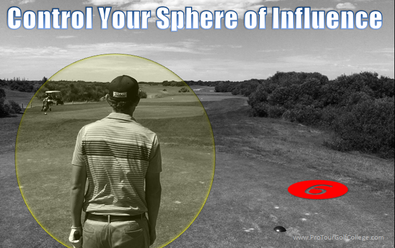
Control Your Air and Ground Space
When you practice a shot just like when you play a shot you are required to go through a specific routine or set of steps that takes you from behind the ball through to a finish of your stroke at the side of the ball.
Now during this routine you are performing a highly specific ritual that should never vary from one stroke to the next.
You will hear this advice a lot when it comes to your routines and it makes good sense.
But it’s easier said than done, because when you practice hitting golf shots on the golf course etiquette dictates that your fellow golfers respect your space by not moving whist you play a shot, and that they say nothing to you (or anyone else) during the stroke interval.
However on the driving range or practice fairway there appears to be very little etiquette and one of the biggest challenges you face when practicing is distraction from those around you.
You must control this situation.
Remember the gold coins?...
You need to be able to develop the habit of repeating your pre-shot routine over and over as precisely as you can until you achieve the stage of unconscious competence and this has to be done without any input from outside your sphere of influence.
What is your sphere of influence?
It is an imaginary protective space (like a bubble) you create around yourself from where you stand behind the ball to the finish of your stroke, and the way we want you to think about it is that you must take complete responsibility to control your space.
This is a very important habit to develop because it is the one thing you will rely on the most when you have to hit shots in a clutch, or at critical times during a round of golf.
Think of how all airports have controlled air space (and ground space) where certain aircraft and vehicles are forbidden to enter, now, think about your sphere of influence the very same way.
Never invite other golfers (whether in your physical presence or via technology such as your smart phone) to think that they can invade your space whenever they feel like it.
This is truly one of the worst habits to practice and yet we see it a lot.
You create your sphere of influence and you protect it at all costs, and never allow someone to interrupt you whilst you execute your shot-making procedure with your full pre-shot routine.
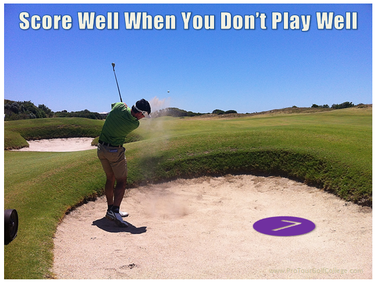
Score Well When You Don’t Play Well
You know what one of the most common behaviors performed by golfers everywhere is?
It’s beating yourself up over less than perfect golf shots, and this habit is a performance killer of the highest magnitude.
Elite golfers whether amateur or professional know that golf is not a fair game at times, it’s mostly an unpredictable and fickle game where in one shot your ball can bounce favorably for you and in the very next you get the complete opposite.
Oddly enough, even though you know that this is the nature of the game of golf, you can develop the unfortunate habit of trying to play 'perfect golf.'
This is where you attempt to hit every golf shot without an ounce of error, which doesn’t make a lot of sense considering that as I've already described golf is such an unpredictable and fickle game.
You don't have to play 'perfect golf' to shoot lower golf scores and break your par more often.
So actually the habit you really need to develop is what we call the master habit of successful golfers; the ability to score well when you don’t play well.
You need to practice the habit of getting on with the game and making a good score when your golf shot-making is off.
This one habit separates those who can compete at the top level from those who can't.
The top golfers can break their par even when they are not playing their best because they know that the score is always more important than the quality of their shot-making.
Think about this carefully for a moment;
- No golfer hits 18 greens in regulation in every round, 65 to 70 percent is the pro standard for greens hit in regulation
- No golfer hits every fairway, and 65 percent of fairways ranks in the top 50 on the PGA Tour (only 5 percent worse than the best driver on tour)
- No golfer makes every putt under 10 feet, 60 percent average is world class in putting from this distance range
- No golfer gets the ball up and down around the green 100 percent of the time from green-side and bunkers, 60 percent or better ranks in the top 10 on the PGA Tour
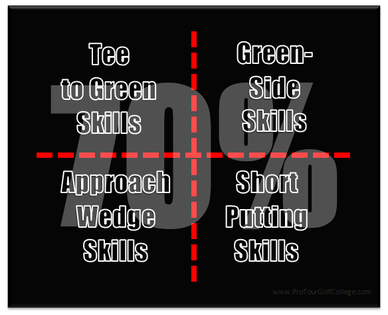
- Tee to Green Skills (tee-shots and approach shots > 100 yards)
- Green-Side Skills (chip, pitch, lob and bunker shots)
- Approach Wedge Skills (< 100 yards)
- Short Putting Skills (3 feet to 12 feet)
We call this model the 70 percent golfer, and your goal is to get these high pay-off scoring skills to the 70 percent or higher standard.
Top golfers all perform at way less than perfect most of the time, however they simply work their golf skills around these shot-making challenges and do the best they can to score low.
This is why you need to identify, isolate and improve your weakest-most important golf skills because in this game you simply won’t learn how to break your par on a reasonably regular basis if you don’t develop and improve you high pay-off skills that help you to develop the score-well-when-you-don’t-play-well habit.
The Last Word…
Golf is simply a game of habits (good or bad) and the habits you need to continuously develop to break your par often are habits built around managing the time you spend working on the weakest-most important skills of your game with complete control over distraction.
Distraction is the biggest habit killer of ambitious and skilled golfers and you should avoid practicing around anyone who doesn’t respect your practice time and space because you need to concentrate on performing your par breaking routines as per your practice plan to the best of your ability every time.
| Work on these 7 Par Breaking Habits and practice them continuously and conscientiously until they become your habits and you will discover that breaking your par will become your new habit, the habit that will take you and your game to whatever heights you want to go. Lawrie Montague and David Milne - Pro Tour Golf College Your Success On Tour is Our Business |
Our Next Semester Starts October 5th for 10 Weeks
A Minimum of 250 Hours of Game Improving Golf Training
At Pro Tour Golf College in Perth, Western Australia.
So Why Not Join Us For Our Next Semester and
You Will Learn How to Take Your Game
to the Next Level
and Beyond.
Archives
June 2019
May 2019
April 2019
March 2019
February 2019
January 2019
November 2018
October 2018
August 2018
July 2018
May 2018
April 2018
March 2018
February 2018
December 2017
November 2017
October 2017
September 2017
August 2017
July 2017
June 2017
May 2017
April 2017
March 2017
February 2017
January 2017
December 2016
November 2016
October 2016
September 2016
August 2016
July 2016
June 2016
May 2016
April 2016
March 2016
February 2016
January 2016
December 2015
November 2015
October 2015
September 2015
August 2015
July 2015
June 2015
May 2015
April 2015
March 2015
February 2015
January 2015
December 2014
November 2014
October 2014
September 2014
August 2014
July 2014
June 2014
May 2014
April 2014
March 2014
February 2014
January 2014
December 2013
November 2013
October 2013
September 2013
August 2013
July 2013
June 2013
May 2013
April 2013
March 2013
February 2013
January 2013
December 2012
November 2012
October 2012
September 2012
August 2012
July 2012
June 2012
May 2012
April 2012
March 2012
February 2012
January 2012
December 2011
October 2011
September 2011
August 2011
July 2011
May 2011
April 2011
March 2011
February 2011


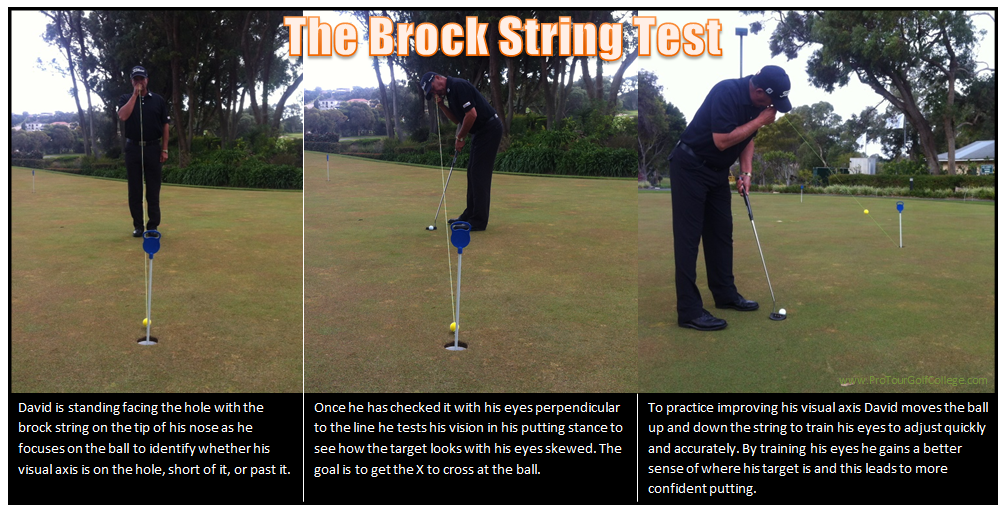

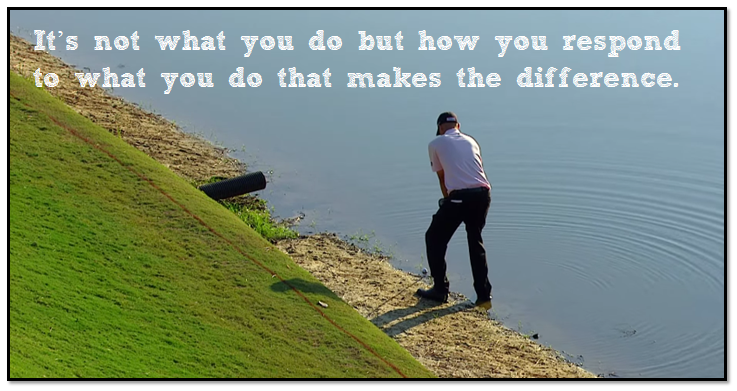
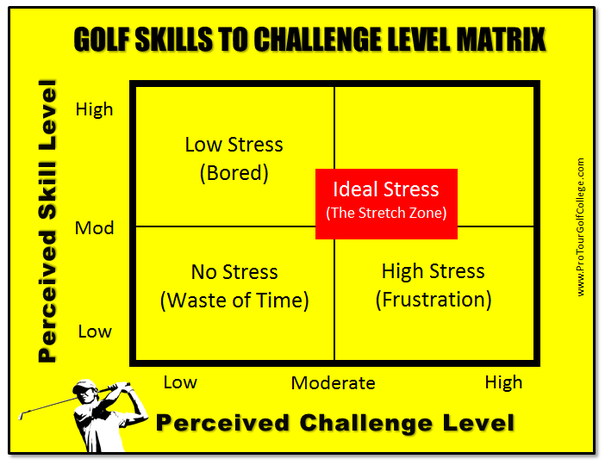


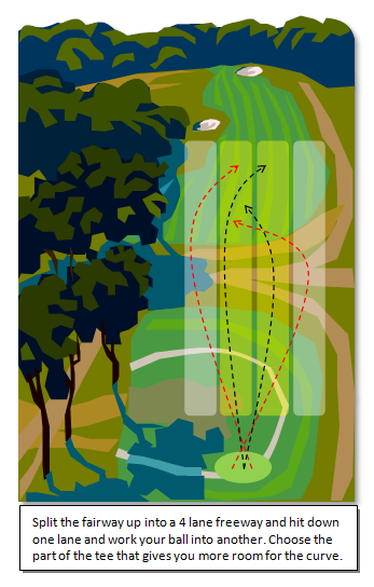

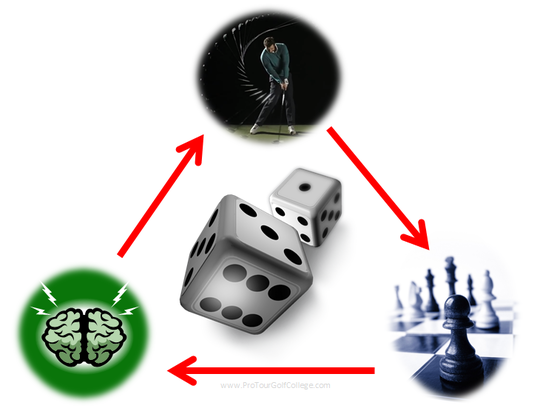


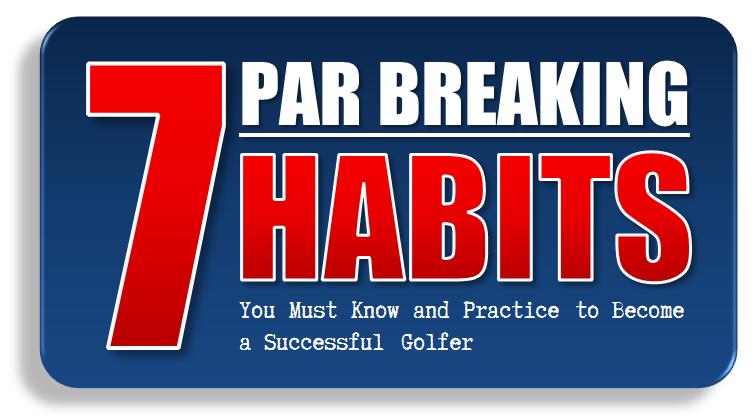
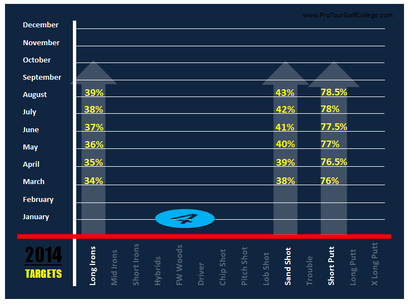
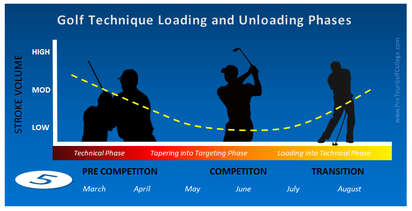



 RSS Feed
RSS Feed



